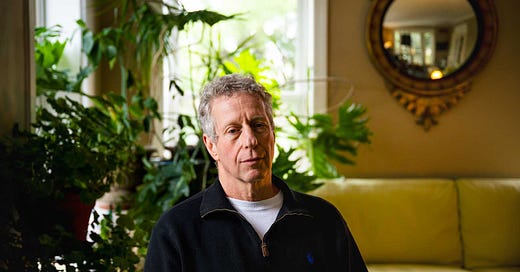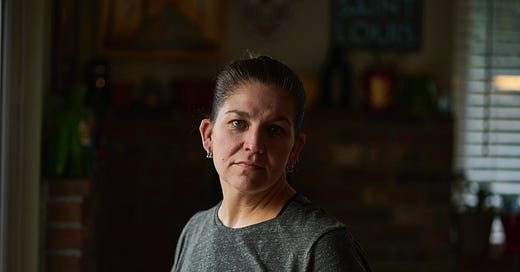When the Crime Wave Hits Your Family

Oakland police investigate the scene of a double homicide on East 26th Street near Highland Avenue on Sunday, May 16, 2021. These were the 50th and 51st homicides of the year. (Jane Tyska/Digital First Media/East Bay Times via Getty Images)
Our nanny’s living room in Oakland was sprayed with bullets. It didn’t even make the local news.
261
My wife and I are scrambling to find daycare for our 16-month-old son. We’ve had a “nanny share” up until now, which means we and another couple employ a nanny for both couples’ kids and split the cost. Our nanny is wonderful, and she lives just a few blocks from us. But a few weeks ago, someone walked up her street spraying bullets into random houses. …
Enjoying the story?
Enter your email to read this article and receive our daily newsletter.
Error
Already have an account?
Sign In














